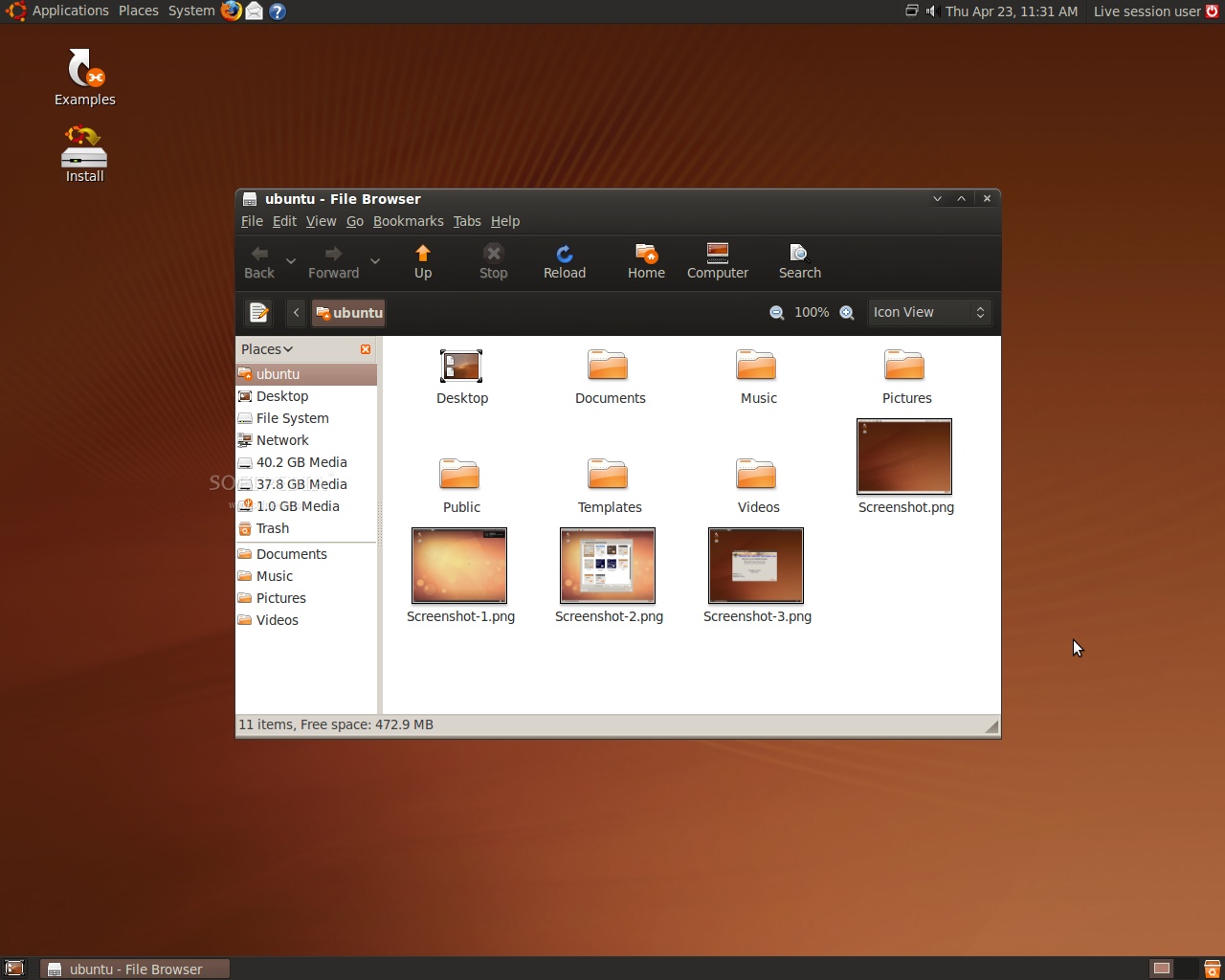

In this part we’ll install the Gnome desktop environment if you do not have it installed for any reason. This article will cover how to set up a remote desktop experience using Xrdp on Ubuntu Linux. Xrdp integrates parts of the RDP and X Windows systems to transmit the visuals and controls between client and system. RDP will enable you to log into a remote machine and create actual desktop sessions in the same way you would on a local device. It delivers an entirely operational RDP-well-matched remote desktop experience. Use the arrow key to scroll down the list and find Ubuntu desktop.Xrdp is a free and open-source alternative to the Microsoft RDP server that allows non-Windows operating systems. To install GNOME, start by launching tasksel: taskselĪ colorful interface will launch. If you want to have the look and feel of a regular Ubuntu system, choose one of these desktop environments. KDE is another popular GUI, (loosely) based on the Microsoft ecosystem. GNOME is the default GUI for most Ubuntu installations and is (loosely) based on the Apple ecosystem. The SDDM display manager can be installed from the tasksel menu during the KDE installation. To install LightDM: sudo apt-get install lightdm To install SLiM: sudo apt-get install slim To install a specific display manager, use the apt-get package manager: This article assumes that you will be using a single default display manager.

They can run simultaneously only if configured to manage different servers.

If you need to conserve system resources, consider a lighter display manager, like SDDM, SLiM, or LightDM.īy default, only one display manager can manage a server.

The default GDM3 (used with KDE-Plasma) is a resource-intensive display manager. Select a Display ManagerĪ display manager is an application that starts the display server, launches the desktop, and manages user authentication. Note: Tasksel is a utility for installing multiple related packages at once.


 0 kommentar(er)
0 kommentar(er)
